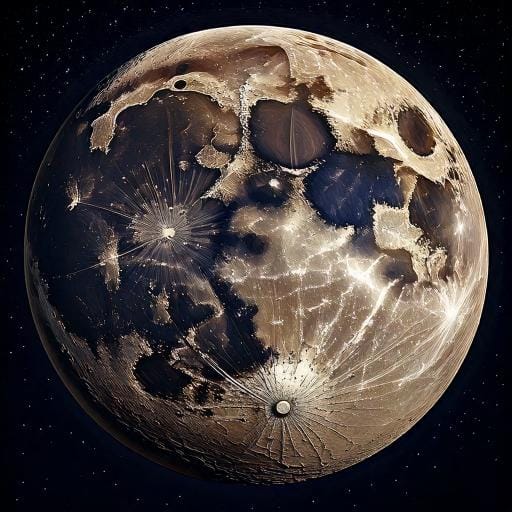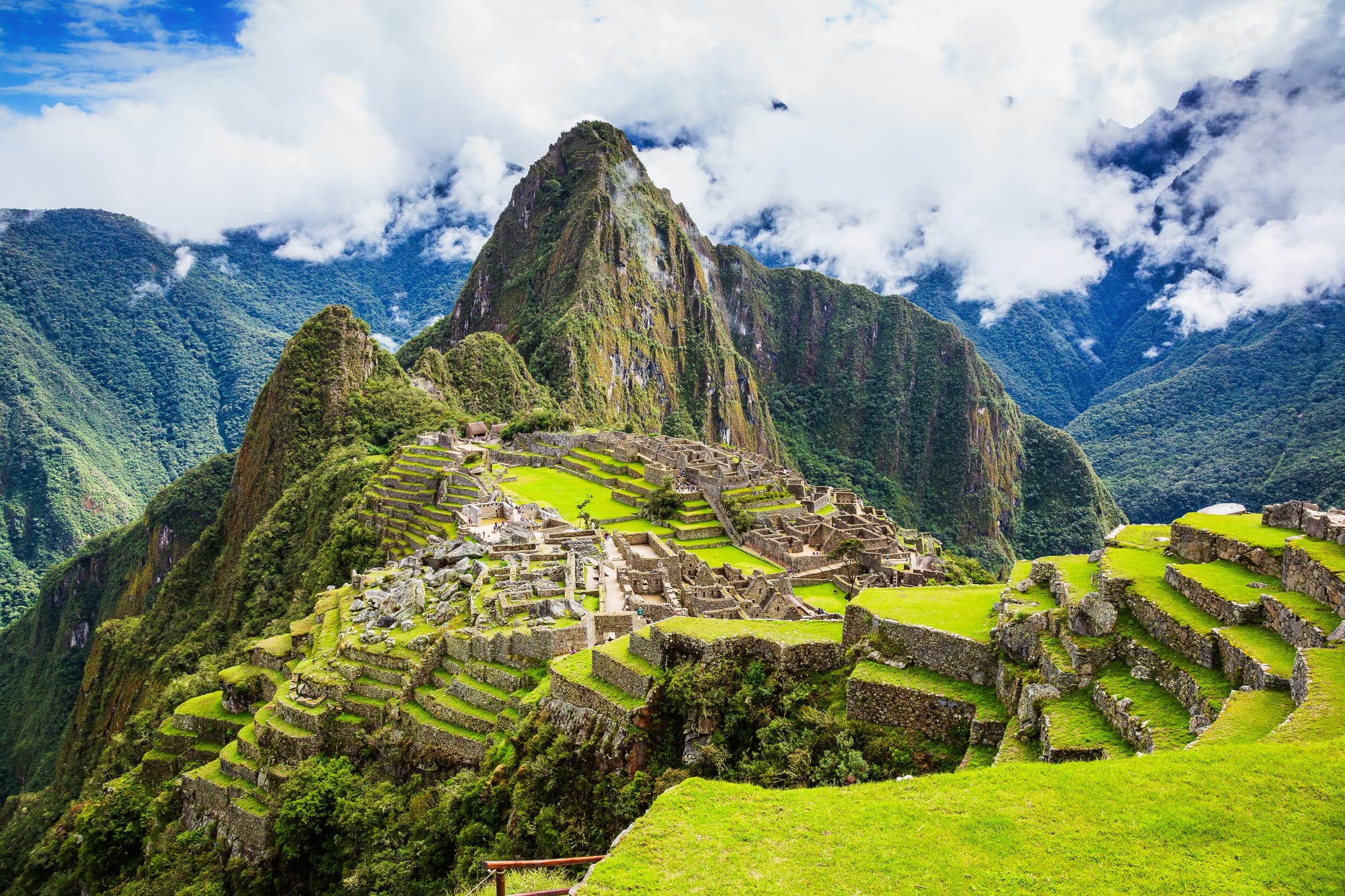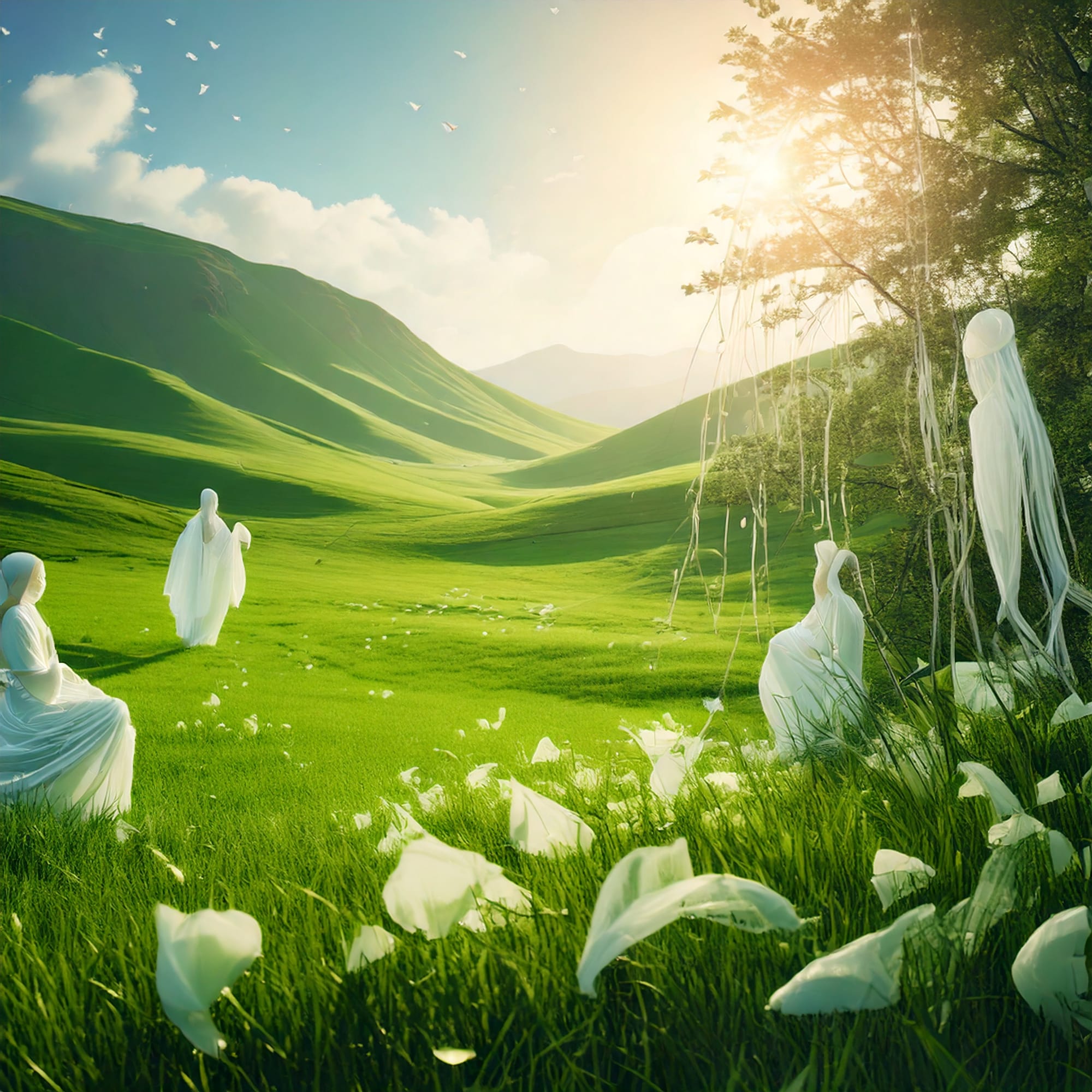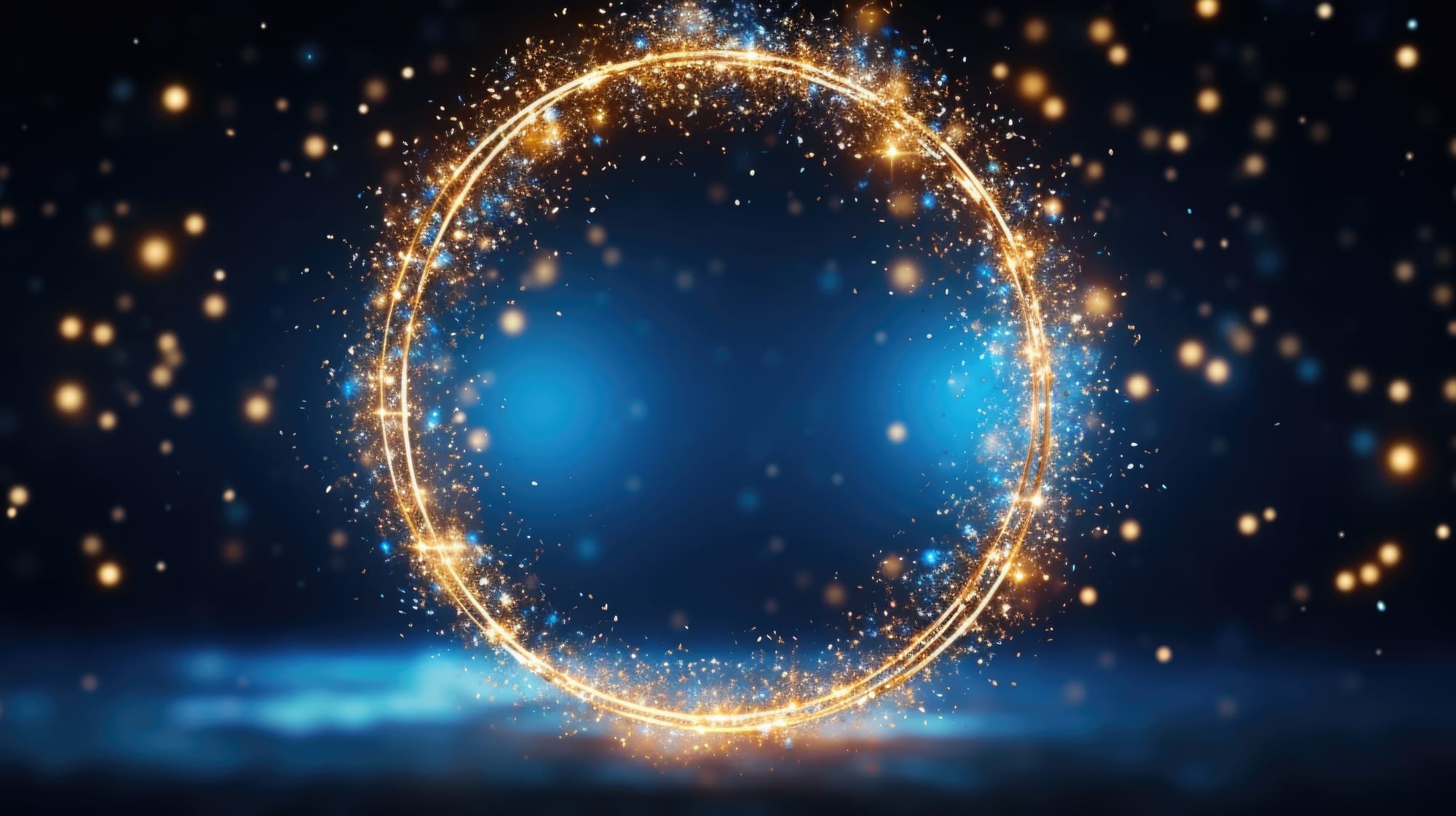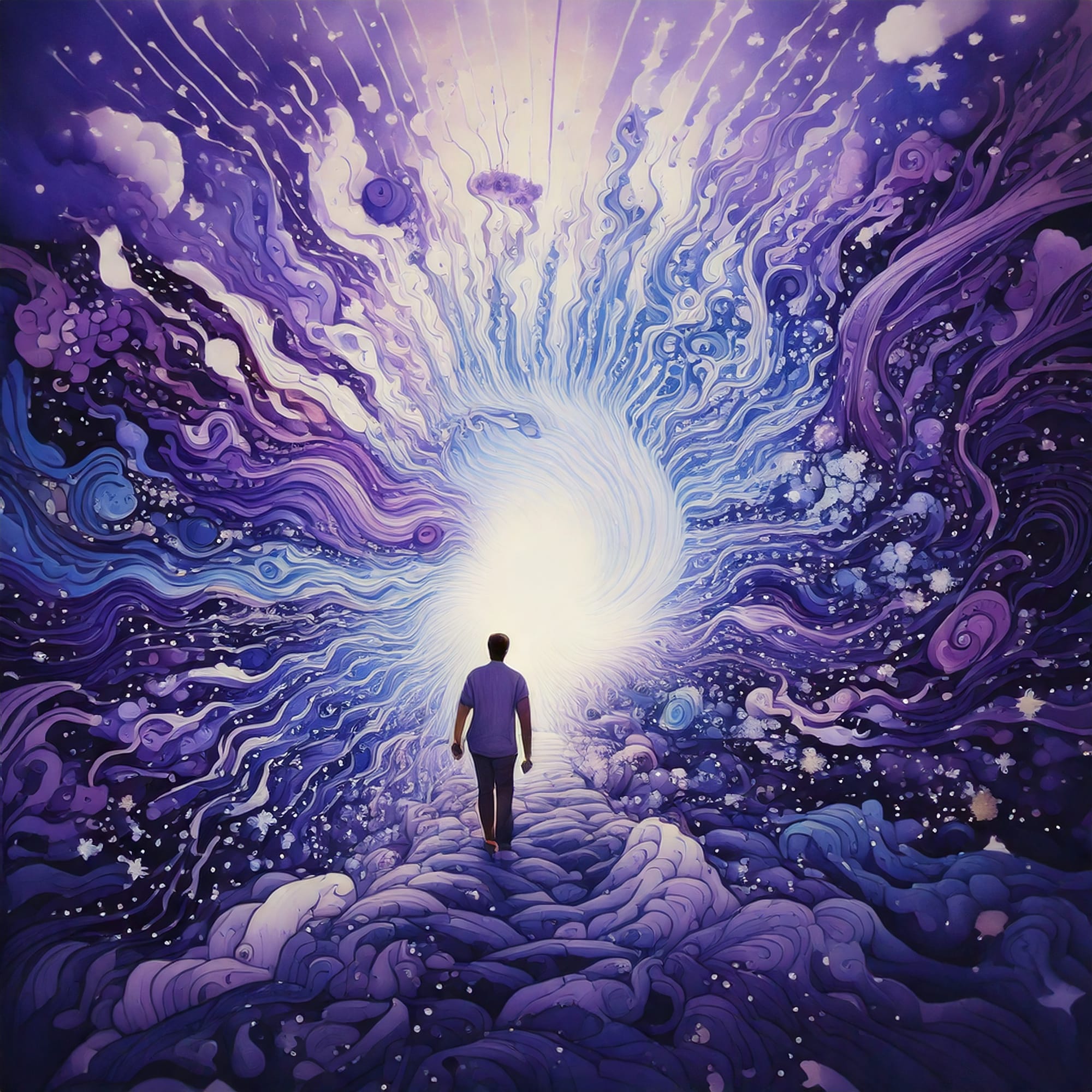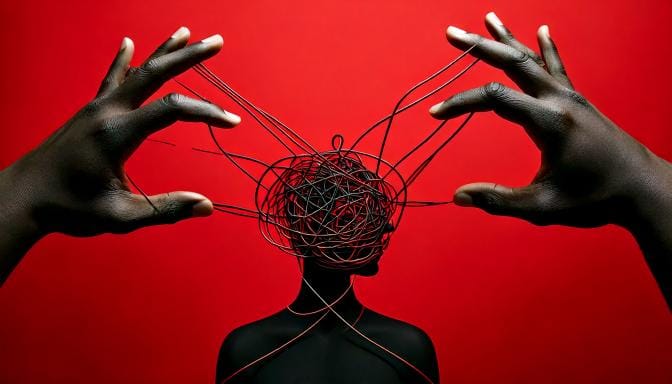Looking up at a full moon often invokes a sense of awe, a timeless reminder of the cosmic rhythms that govern life on Earth. But beyond its serene beauty, the moon holds a profound influence on us, our world, and even our behavior. This connection spans scientific research, cultural traditions, and personal experiences, creating a fascinating interplay of the lunar cycle's power.

The Moon and Our Bodies
The moon’s gravitational pull governs the tides of the ocean, shifting vast bodies of water. But can it also affect the water within us? Our bodies, made up of about 60% water, may be more attuned to the moon than we realize. Research has shown intriguing links between the moon’s phases and human cycles. For instance, many women report feeling in sync with the moon's rhythm, particularly during the full or new moon. This connection has long been observed in the menstrual cycle, aligning with the lunar phases in a way that suggests a subtle influence.
The moon also seems to play a role in human reproduction, with studies noting correlations between the lunar cycle and birth rates. In fact, some hospitals report a spike in deliveries during the full moon, a fascinating phenomenon that raises questions about the moon’s unseen role in the miracle of birth. Additionally, studies have linked moon phases with increased hospital admissions due to various health events, though findings are mixed.
The Moon and Human Behavior
The term "lunatic," derived from the Latin word for moon, hints at the long-held belief that the moon affects human behavior. Historically, people have observed erratic behavior during full moons—hospitals, emergency units, and even personal anecdotes support this. Some claim heightened energy, while others report feeling irritable or restless. Does the moon reflect parts of ourselves that are otherwise hidden, or does it simply magnify our internal struggles? For some, the full moon intensifies emotions; for others, it serves as a grounding force that fosters reflection and balance.
The lunar cycle’s influence extends to mental health, with studies indicating potential links between the full moon and mood disorders like bipolar disorder. Some patients report a rapid cycling of moods in sync with the lunar phases, though more research is needed to understand the depth of this connection.
The Moon in Spiritual and Cultural Traditions
Across the globe, the moon has held profound spiritual and cultural significance. In Islam, the lunar calendar dictates the timing of key events like Ramadan. Similarly, Judaism and Christianity both incorporate lunar phases into their calendars—Passover, for example, is tied to the first full moon after the vernal equinox. These religious practices underscore the moon's central role in guiding human experience.
In many indigenous cultures, the full moon is a time for spiritual practices, reflection, and renewal. Shamanic traditions, in particular, emphasize aligning one’s energy with the moon’s cycles, believing that its phases offer a gateway to intuition, creativity, and self-discovery. The full moon symbolizes life, death, and rebirth, providing an opportunity for deep spiritual connection.
Some shamanic practitioners use water for healing and spiritual purposes. They teach techniques to activate water for healing, increase visions, and clear the body of heavy energy emphasizing the power of the "Gi-gi" or feminine energy, which they describe as "the essence of the universe" and "the inner universe that creates all".
The Moon and Creativity
The moon has also long been associated with creativity. Its light, mysterious and ethereal, seems to stir the imagination, prompting some of the world’s greatest works of art, poetry, and music. The moon’s influence feels both expansive and reflective, urging us to explore our inner worlds while dreaming outward. For many, it unlocks a well of inspiration, offering an opportunity to express unspoken desires and emotions.
The Moon and Agriculture
The relationship between lunar cycles and agriculture has been a subject of interest for centuries, with traditional practices often attributing significant influence to the moon's phases on plant growth and agricultural activities. However, recent scientific studies have provided mixed results regarding the validity of these beliefs.
Some research suggests potential links between lunar cycles and plant biology. A 2023 study published in the journal Plants found that moonlight may act as a signal promoting genome stability in plants. The study noted that seeds of various crops sown two days before the full moon showed better germination, post-germination growth, and harvest yields compared to those sown two days before the new moon1.
Several mechanisms have been proposed to explain the potential effects of moonlight on plant growth. These include the breakdown of starch by diastases, variations in water absorption during seed imbibition, and the moon's influence on sap movement in plants. Some researchers have also suggested that lunar gravity might impact soil moisture content, potentially affecting seed germination and plant metabolism.
While traditional lunar-based agricultural practices continue to be followed by some farmers, the scientific community remains divided on their efficacy. As research in this field progresses, it's essential to approach these beliefs with a critical scientific perspective while remaining open to potential discoveries that may shed new light on the complex relationships between celestial bodies and terrestrial ecosystems.
The Balance of Yin and Yang
The moon represents Yin—quiet, feminine, grounding energy—while the sun embodies Yang—fiery, active, masculine energy. During a full moon, the opposition of these forces creates a natural harmony, encouraging us to find balance within ourselves. This interplay between light and dark, action and rest, offers a model for achieving equilibrium in our own lives.
Personal Experiences and Reflection
For many, the moon holds a deeply personal significance. Whether it's the peace found in its glow, the energy it inspires, or the emotions it stirs, the moon remains a source of connection and reflection. As one individual put it, “Whenever I look at the moon, I feel a deep connection. I’m not sure why, but I feel peaceful and hopeful. I could watch it for hours.” Others report feeling energized or irrationally happy during the full moon, while some may experience shifts in mood or sleep patterns.
Perhaps the moon’s influence is not just physical or mental but spiritual. It serves as a reminder of life’s cycles and the eternal rhythms that guide us. Whether we feel its effects in our bodies, minds, or hearts, the moon continues to captivate our imagination and influence our lives in subtle and profound ways.
Here are some services by our practitioners related to the moon and spiritual practices:
[Insert link to spiritual services]


